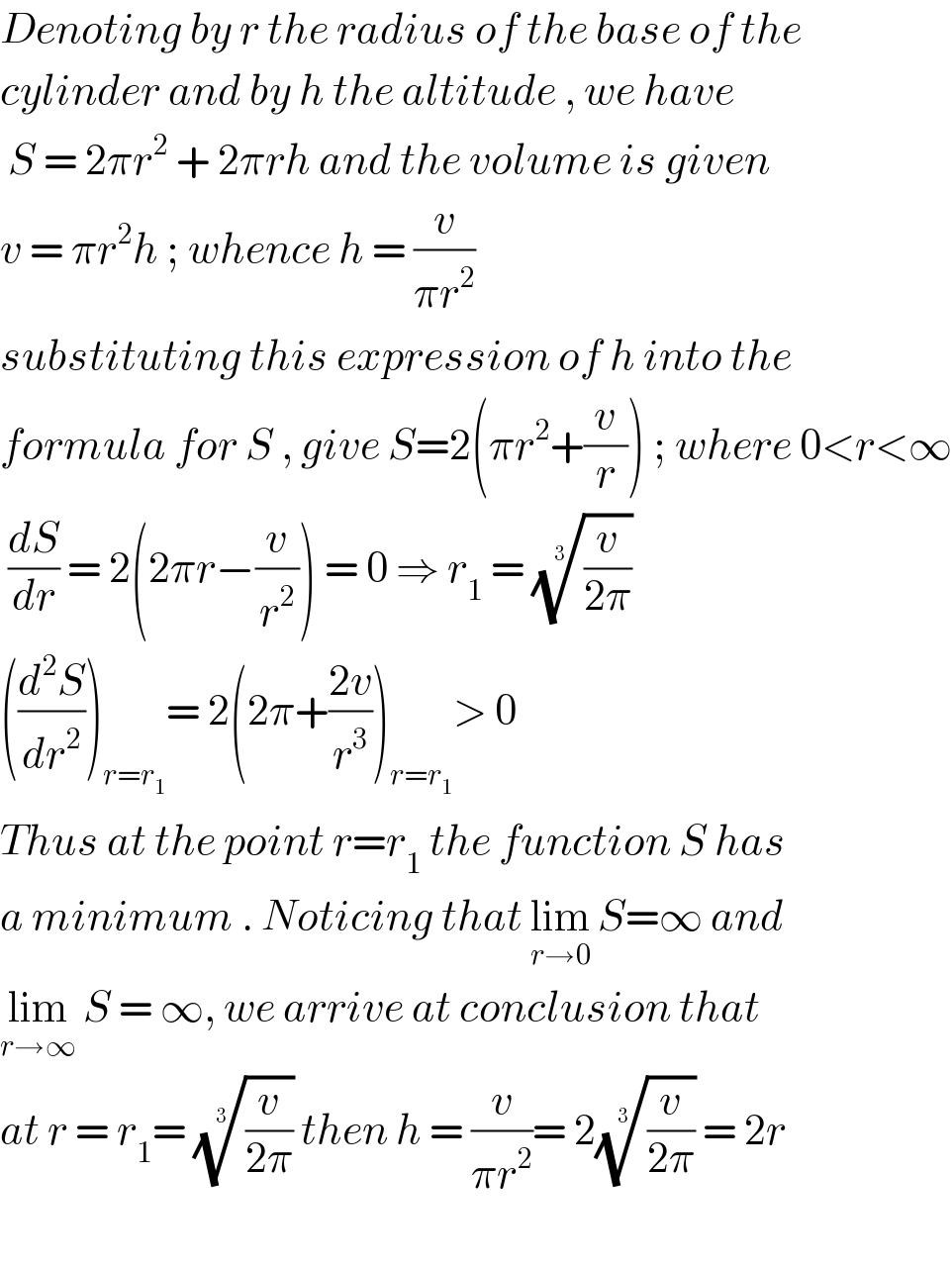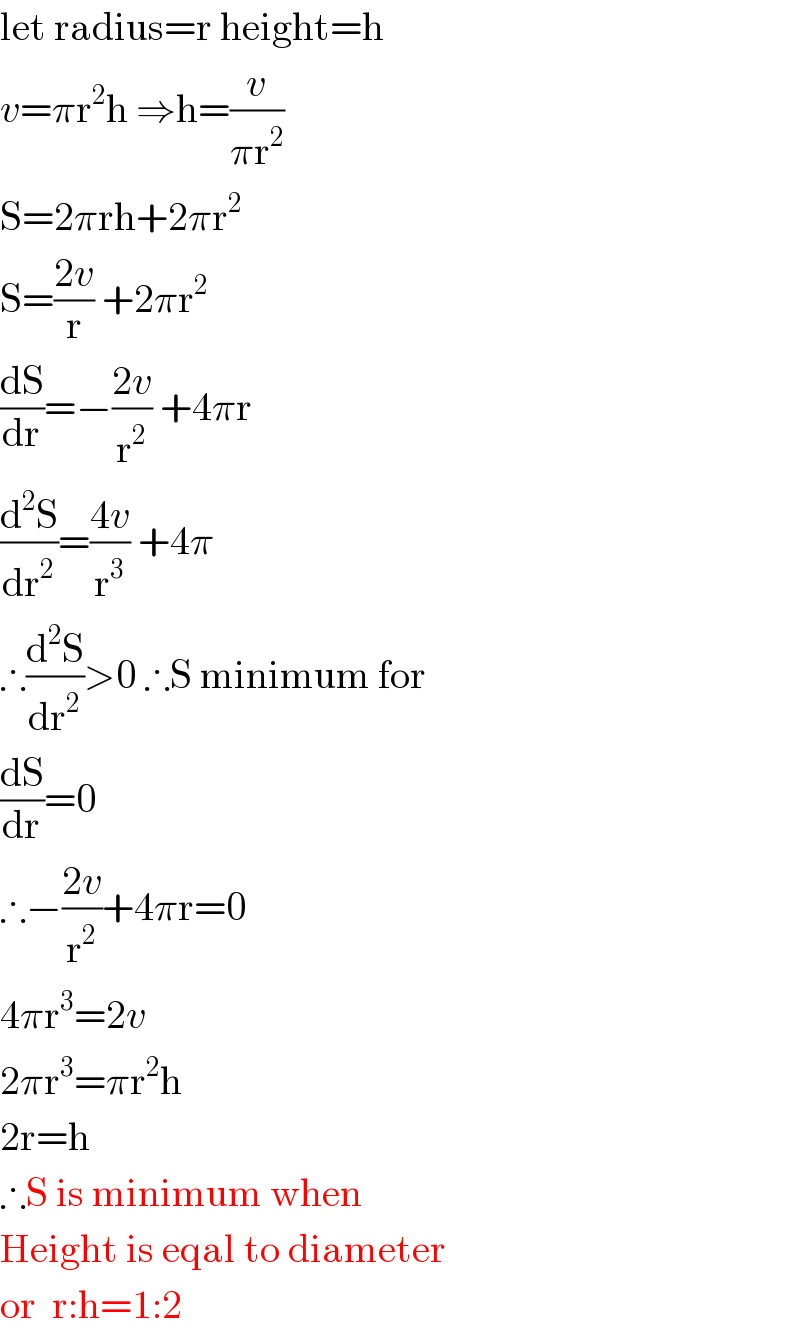
Question and Answers Forum
Question Number 124924 by bemath last updated on 07/Dec/20

Commented by liberty last updated on 07/Dec/20

Answered by som(math1967) last updated on 07/Dec/20

| ||
Question and Answers Forum | ||
Question Number 124924 by bemath last updated on 07/Dec/20 | ||
 | ||
Commented by liberty last updated on 07/Dec/20 | ||
 | ||
Answered by som(math1967) last updated on 07/Dec/20 | ||
 | ||
| ||